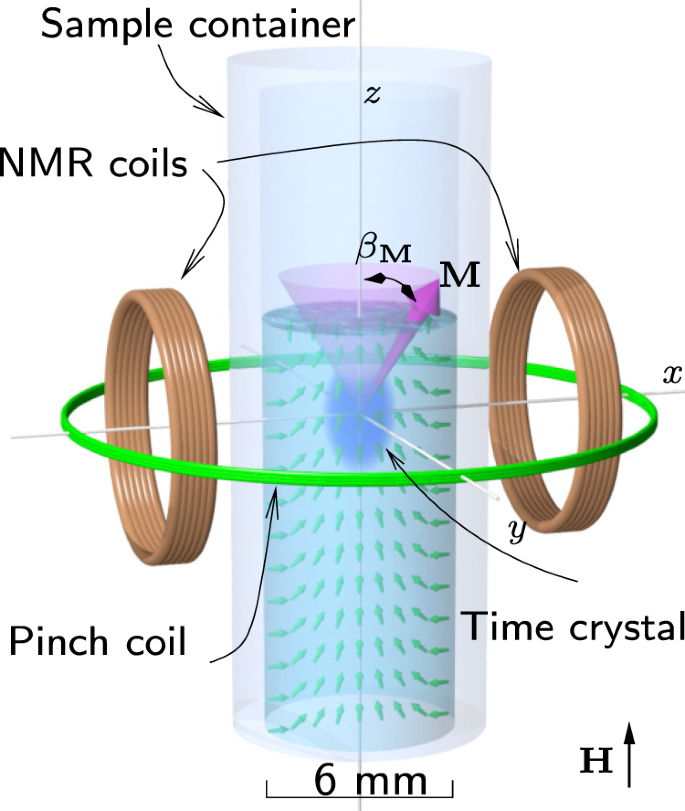2022-06-10 カリフォルニア大学バークレー校(UCB)
研究チームは、この見えないコンパクトな天体の質量を、太陽の1.6倍から4.4倍と推定しています。天文学者は、死んだ星の残骸がブラックホールになるには2.2太陽質量より重くなければならないと考えているため、カリフォルニア大学バークレー校の研究者は、この天体がブラックホールではなく中性子星である可能性に注意を促しています。中性子星も高密度で非常にコンパクトな天体ですが、その重力は内部の中性子圧力によって均衡を保っており、それ以上ブラックホールへの崩壊を防ぐことができます。
ブラックホールであれ中性子星であれ、この天体は、他の星と対になっていない暗い恒星の残骸 (恒星の「幽霊」) が銀河系内をさまよっているのを発見した最初の例となります。
<関連情報>
- https://news.berkeley.edu/2022/06/10/astronomers-may-have-detected-a-dark-free-floating-black-hole/
- https://iopscience.iop.org/article/10.3847/1538-4365/ac5969
OGLE-IIIおよびOGLE-IVで観測された銀河系バルジ重力マイクロレンズ事象の再解析 A Reanalysis of Public Galactic Bulge Gravitational Microlensing Events from OGLE-III and –IV
Nathan Golovich, William Dawson, Fran Bartolić, Casey Y. Lam, Jessica R. Lu, Michael S. Medford, Michael D. Schneider, George Chapline, Edward F. Schlafly, Alex Drlica-Wagner, and Kerianne Pruett
The Astrophysical Journal Published 2022 April 21
DOI:10.3847/1538-4365/ac5969

Abstract
Modern surveys of gravitational microlensing events have progressed to detecting thousands per year, and surveys are capable of probing Galactic structure, stellar evolution, lens populations, black hole physics, and the nature of dark matter. One of the key avenues for doing this is the microlensing Einstein radius crossing time (tE) distribution. However, systematics in individual light curves as well as oversimplistic modeling can lead to biased results. To address this, we developed a model to simultaneously handle the microlensing parallax due to Earth’s motion, systematic instrumental effects, and unlensed stellar variability with a Gaussian process model. We used light curves for nearly 10,000 OGLE-III and -IV Milky Way bulge microlensing events and fit each with our model. We also developed a forward model approach to infer the tE distribution by forward modeling from the data rather than using point estimates from individual events. We find that modeling the variability in the baseline removes a source of significant bias in individual events, and the previous analyses overestimated the number of tE > 100 day events due to their oversimplistic model ignoring parallax effects. We use our fits to identify the hundreds filling a regime in the microlensing parameter space that are 50% pure of black holes. Finally, we have released the largest-ever catalog of Markov Chain Monte Carlo parameter estimates for microlensing events.



